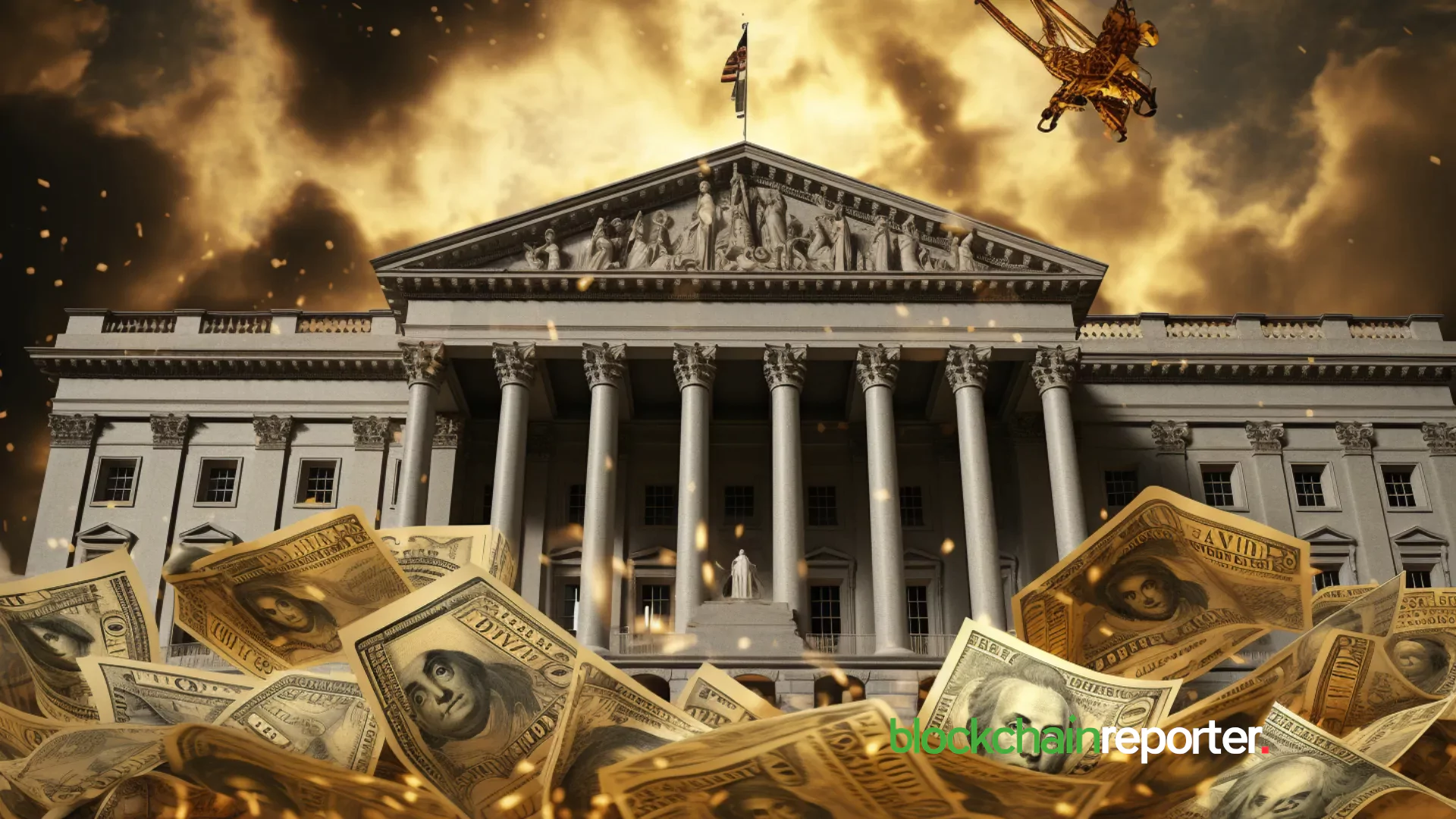Embedded Compliance Fuels $5.6 Billion Tokenized Treasury Boom



Tokenized U.S. Treasuries have quietly surged into the billions this year, and they’re reshaping how big investors think about government debt. By mid‑April 2025, nearly $6 billion worth of Treasuries were issued as digital tokens on blockchains, up more than fivefold compared to the start of 2024. At the heart of that boom is BlackRock’s USD Institutional Digital Liquidity Fund—known on-chain as BUIDL—which alone holds almost half of the market and has seen its assets leap by double digits month after month.
What’s driving this frenzy isn’t speculation, but the promise of true instant settlement. In traditional markets, buyers and sellers wait two business days after a trade to get their money or their bonds. On-chain, that delay drops to seconds. And, crucially, the same smart contracts that move the assets can also enforce know‑your‑customer checks and trading limits automatically, cutting out much of the back‑office headaches and compliance bottlenecks.
“Tokenized stocks are not replacing traditional finance. In fact, they are modernizing issuance, settlement, and access,” says Lingling Jiang, a partner at DWF Labs . “Projects like BlackRock’s BUIDL fund have driven tokenized treasuries to a record $5.6 billion by April 2025, which is a whopping 545 % gain year‑on‑year. On‑chain settlement can shrink trade finality from T+2 to near‑instant. This shows that embedded compliance layers are capable and will be the future of making capital markets more efficient, transparent, and scalable.”
A Facelift for the Digital Age
Beyond BlackRock, a handful of other big names—Franklin Templeton, Circle, Ondo Finance and others—are racing to roll out their own tokenized debt funds. Together, they now account for most of the market, with a few smaller players still trying to catch up. But the real excitement lies in what comes next: tokenized corporate bonds, money‑market instruments and even tokenized shares are all in pilots or on the drawing board.
Fidelity has quietly filed paperwork to launch its own Ethereum‑based Treasury fund, while UBS and DBS have run trials tokenizing money‑market portfolios to use as instant collateral in lending. If regulators can agree on common rules—and if the industry can iron out issues like cross‑chain compatibility and preventing “double counting” of the same bond—this could be just the opening act.
A recent study by Boston Consulting Group and Ripple projects that tokenized assets could swell from the mid‑trillions today to nearly $19 trillion by 2033. Whether that figure comes to pass, it’s clear the old world of T+2 settlement and paper‑heavy back offices is feeling the pressure. As Jiang puts it, this isn’t about replacing the bond markets we know; it’s about giving them a facelift for the digital age—one blockchain block at a time.

$4,000 for Ethereum? Van de Poppe Sees Short-Term Top & Flags a Big Altcoin Bull Run Building
Ethereum fell as low as $3,670 after the FED chairman announced they are not planning to cut interes...

CodexField Joins Trikon to Streamline Web3 with Cross-Chain Innovation
This CodexField and Trikon partnership intends to streamline the wider Web3 ecosystem by leveraging ...

Ceffu Connects Binance Liquidity to Orderly to Unlock CeFi-DeFi Union
Binance and Orderly Network unite to offer gasless DeFi trading with centralized custody, enabling s...

